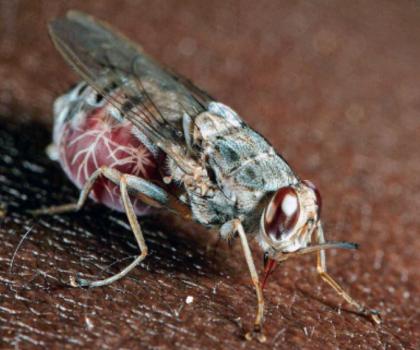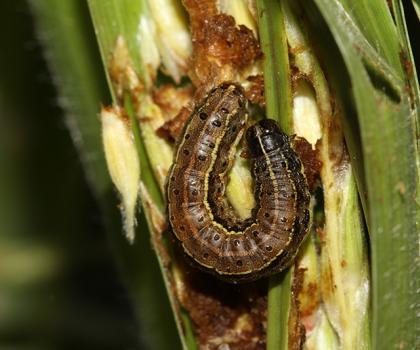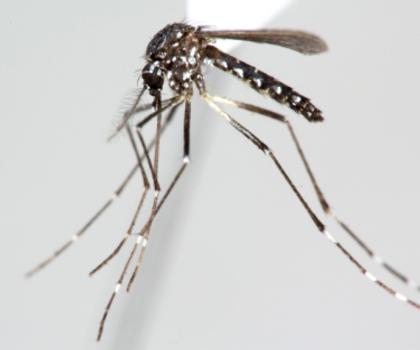News and Events

Insect of the Month (October): Tsetse fly, Glossina morsitans
Tsetse flies occur only in Africa and are found in 38 countries where they transmit African trypanosomes, parasites that cause nagana in cattle and sleeping sickness in people. African animal trypanosomosis (nagana) costs the continent in excess of 10 billion USD annually in part because of its impact on loss of farming. Tsetse flies have a unique biology shared only with a few other insects – they do not lay eggs like other insects and give birth to one live larva at a time.

Insect of the Month (September): Cotesia icipe
Fall armyworm, Spodoptera frugiperda, invaded Africa from tropical and subtropical America only as recent as 2016, yet is now present in all countries in sub-Saharan Africa, where it incurs infestation levels of up to 100%, often resulting in total yield loss and devastating the livelihoods of many farmers. The pest causes up to 4.6 billion USD loss annually to the region’s economy.

New arsenals for fall armyworm control
icipe-led initiative develops new biopesticides, and strengthens regional collaboration for harmonisation and commercialisation of agricultural products and technologies.

Insect of the Month (August): Yellow fever mosquito, Aedes aegypti
Aedes aegypti, the yellow fever mosquito, is one of the deadliest mosquitoes known to mankind. It transmits the pathogen that causes yellow fever, but it is also the vector of several other viruses, including the pathogen that causes dengue fever, a disease of epidemic proportions on many continents.

“Smart maize” summons bodyguards against stemborers
Scientists have discovered that certain “smart” maize varieties have the ability to defend themselves against stemborers by summoning natural enemies of the pest. The researchers have also determined the genetic markers in such plants that are associated with this “call for help”, presenting strong possibilities for developing maize varieties that are resistant to the pests.
